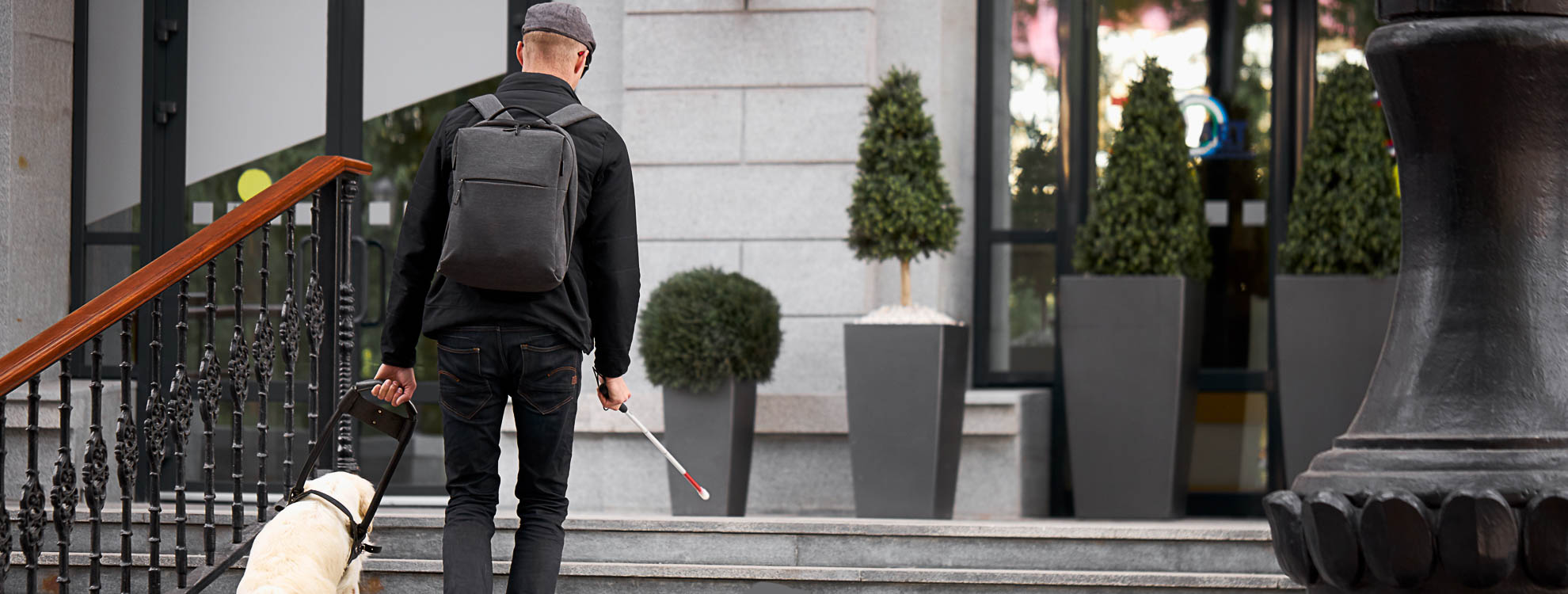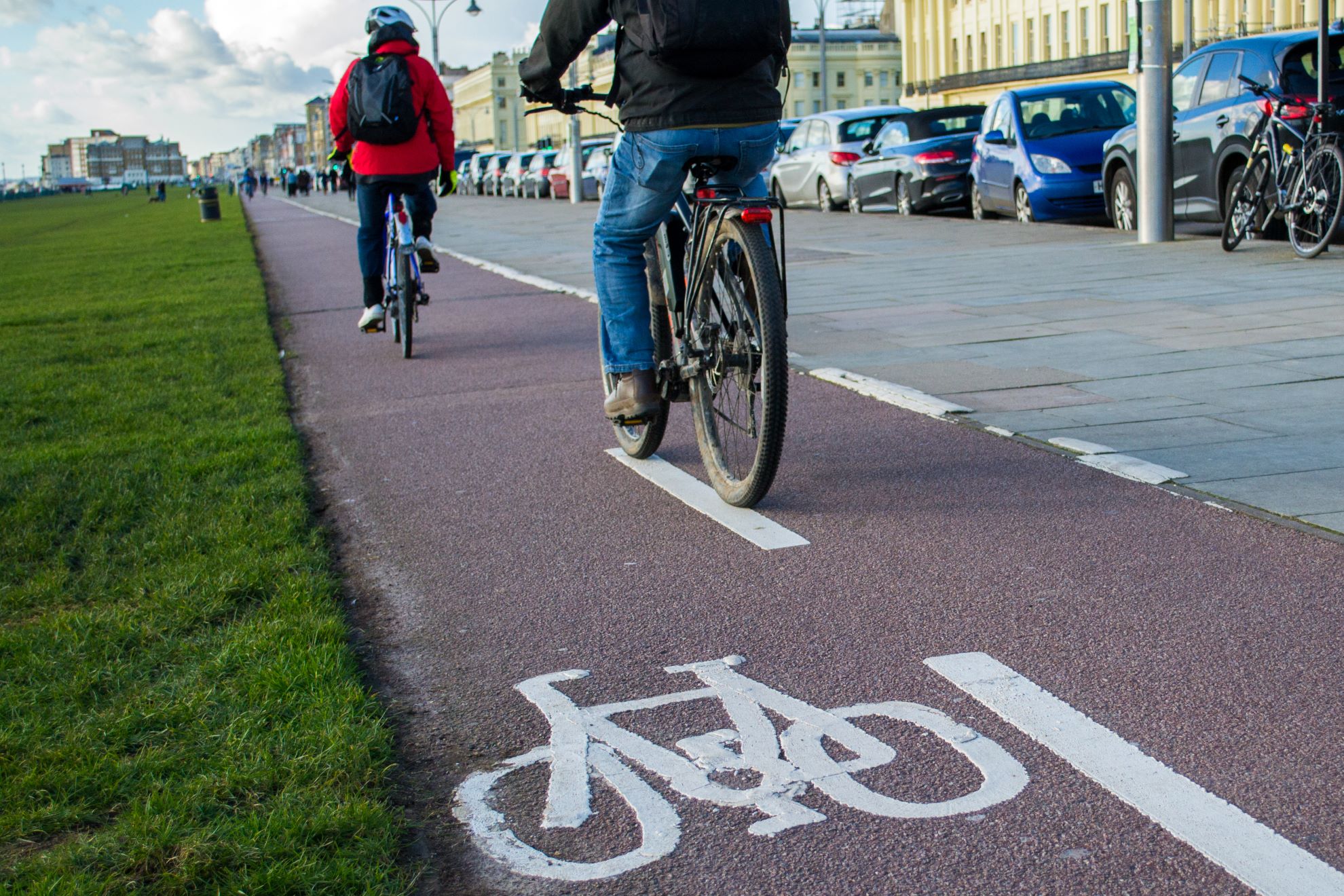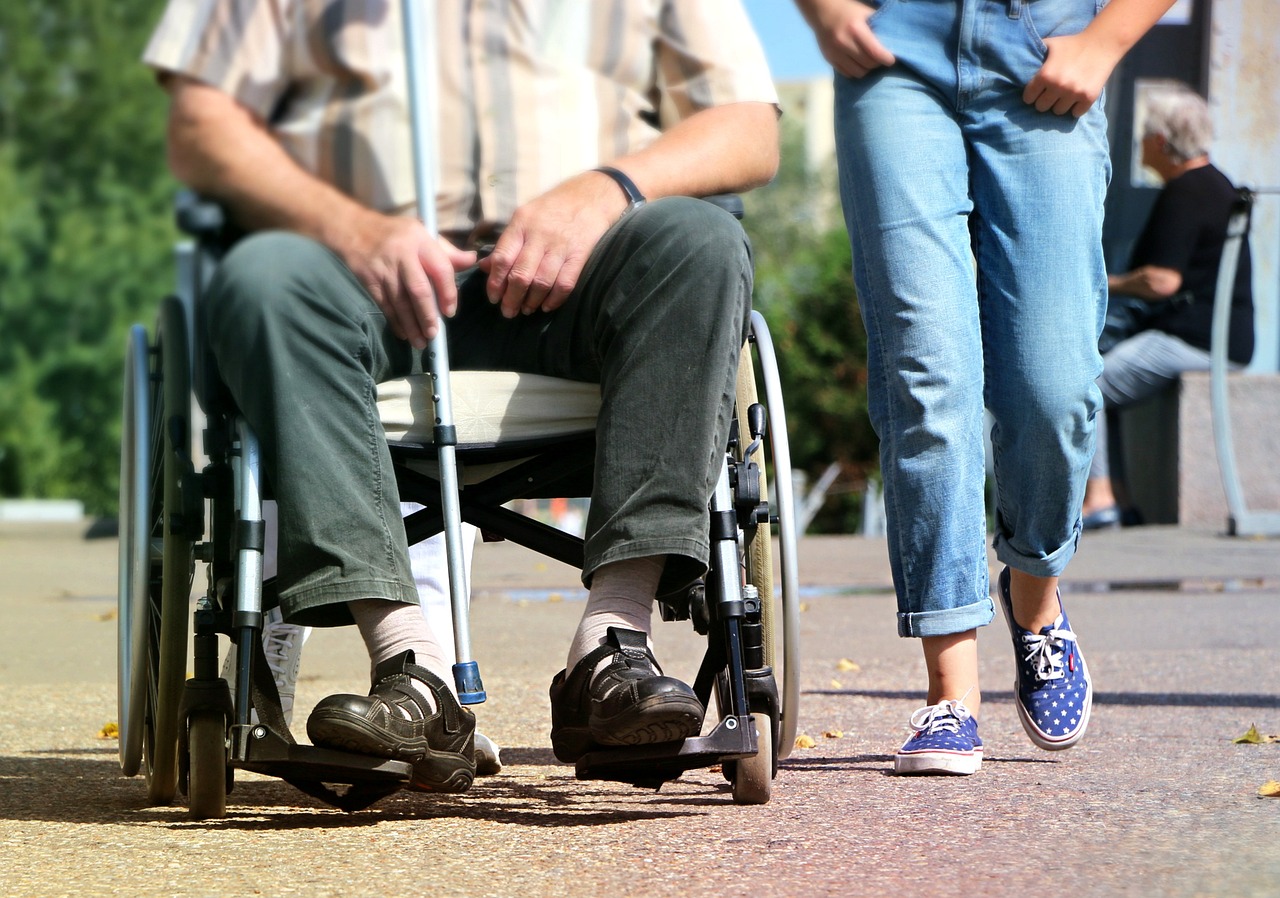
Audits
Cycle Audit
A Cycle Audit is a systematic process, applied to planned changes to the transport network, which is designed to ensure that opportunities to encourage cycling are considered comprehensively and that cycling considerations are not inadvertently made worse.
The fundamental purpose of a Cycle Audit is to identify whether the overall design is cycle-friendly and the specific measures to assist cyclists, are designed in accordance with best practice. It is essential that a good cycling infrastructure is achieved wherever possible, in relation to its coherence, directness, attractiveness, safety and comfort. Any issues that are identified within the audit are to be addressed during the design process.


Mobility Audit
A Mobility Audit is sometimes referred to as an Accessibility Audit or Disability Audit. The Mobility Audit is a check on the scheme to ensure appropriate access to the highway for a range of users with disabilities.
The audit should consider the provision for visually-impaired pedestrians, hearing-impaired pedestrians, wheelchair users and mobility-impaired people. It should focus on barriers and obstacles that these pedestrians could face whilst negotiating the road layout.
Accessibility Audit
Highway Authorities are required by the Disability Discrimination Acts to promote equality and to ensure that disabled people are able to contribute to and benefit from a fully inclusive built environment. They should be proactive in ensuring that disabled people are treated fairly, including taking reasonable steps to rectify pre-existing examples of non-compliance.
The purpose of an Accessibility Audit is to establish how well a particular environment performs in terms of access and ease of use by a wide range of potential users, including people with disabilities and the visually impaired, and also to recommend improvements, where necessary. It is a fundamental part of the design process.
The scheme can be audited at an early stage of the design, to ensure that accessibility issues have been considered, and also on completion of the scheme, to check that the implementation is consistent with current guidelines and best practice.

Our experience

Examples of previous audits carried out:
- Banner Lane, Coventry – Cycle Audit
- St Leonards, Stafford – Mobility and Cycle Audit
- Shepshed Town Centre Public Realm – Mobility Audit
- Colmore Circus Queensway, Birmingham – Mobility Audit
- College Street, Rotherham – Accessibility Audit
- Bedford Square, Loughborough – Mobility Audit
- McDonalds Restaurant – Pedestrian and Cycle Accessibility Audit
- Yeovil Public Realm – Mobility Audit
Speak To Our Team
TMS has extensive experience in carrying out the various audits listed above for a diverse range of clients. We can carry out an audit based on your requirements and can tailor the audit to your needs.
If you have any questions or would like to discuss your specific project requirements, then please call Lorna Styring on 02476690900.
Alternatively, if you would like to contact us through our website, please click below. The General Enquiry form will be submitted direct to Lorna, who will respond accordingly.